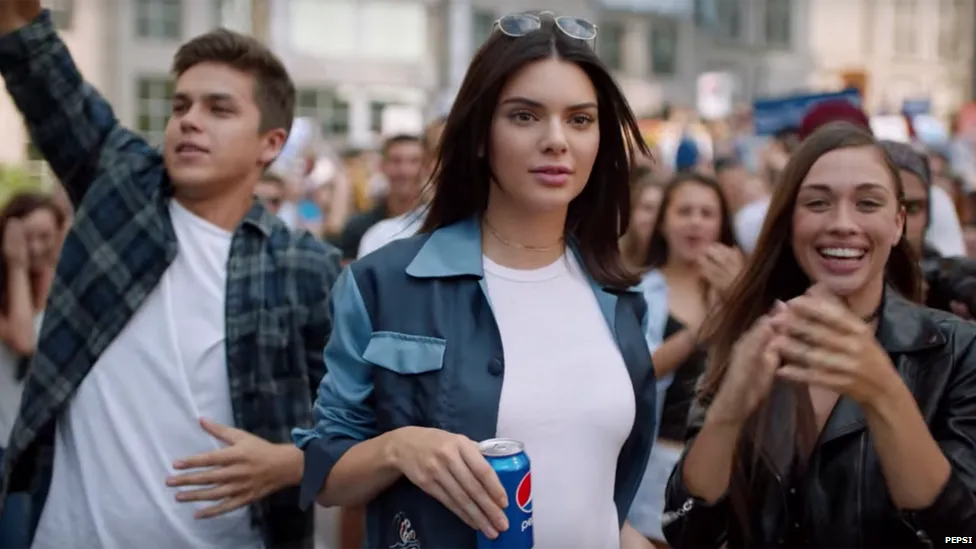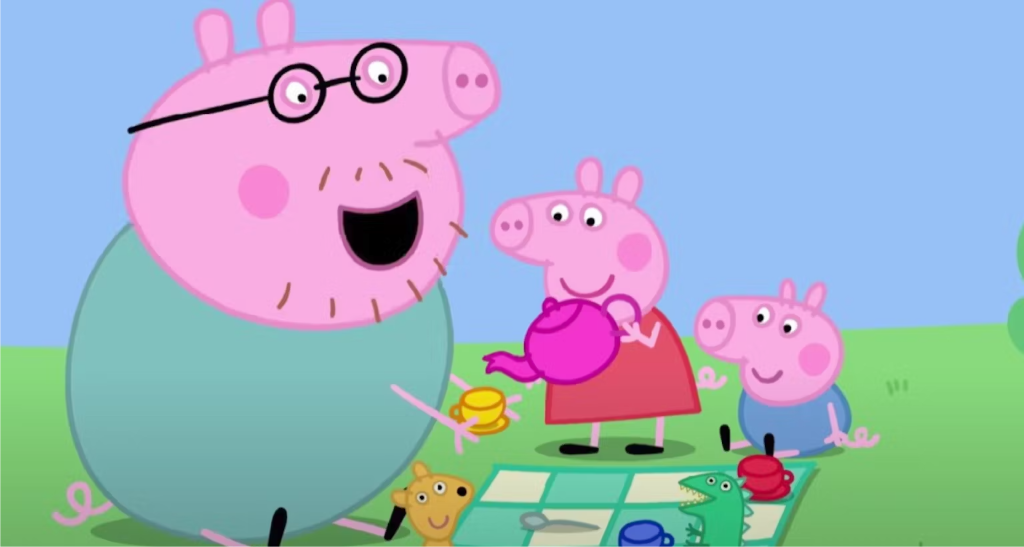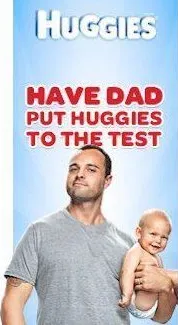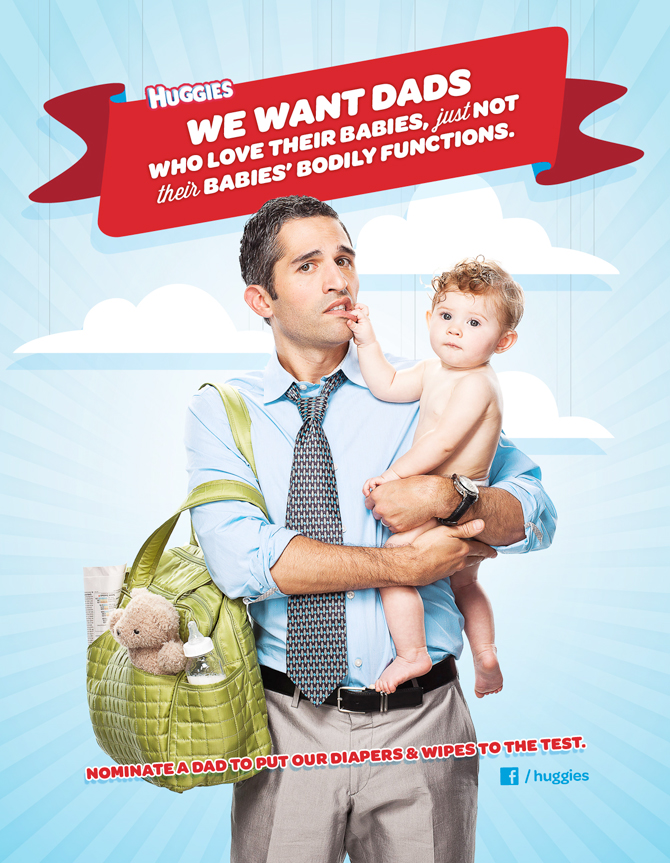“Why did I get into marketing?”
Like many, you may have asked yourself this question. Let’s face it there were lots of other career paths, even if you were inclined to do business. Disciplines such as accountancy, finance, project management, and so on but you chose marketing. Why was that?
Personally, I always had a curiosity related to business and a drive to set-up something myself. This manifested itself in many ways, small businesses such as grass cutting services, bob-a-job (millennials and Gen Z ask your parents) and many, many other activities that got me close to the business world. To be honest, I probably hadn’t even heard of marketing as a word until I was about 15 years of age; and even at that stage, somehow I believed that being an accountant would be a good idea!
Then I heard of what I thought were entertaining stories, in relation to business. The first one was about the car manufacturer Opal launching the Opal Nova into the Spanish market. Of course, it was doomed to fail because, in Spanish, ‘no va’ means ‘doesn’t go’. “Ok, that’s interesting” I thought. I liked the multicultural aspect of marketing and how to really understand how brands grow you need to understand people.
Hoover Free Flights Campaign
Of course, the Opal Nova wasn’t the only example of a brand getting it wrong. Perhaps you’ve heard of the competition that Hoover ran, admittedly it’s an oldie. Basically, they offered two free flights to the United States with any purchase of a Hoover priced at over £100. The result? Many, many upset customers, $48 million in losses and almost the end of the Hoover brand. One last international marketing blunder example: when Coors beer launched in Spain it decided to directly translate its brand motto which at the time was ‘Turn it loose’. Unfortunately, the direct translation was interpreted as ‘Gives you diarrhoea’. No thank you.

All of these examples piqued my interest in marketing as a teenager. No surprise then that I went on to study international marketing but that’s for another day.
What’s interesting when we look at the examples above is that most of them are in the distant past. Surely in todays interconnected world where many people speak more than one language, (and even if they don’t then Google Translate works instantly), mistakes like this are a thing of the past. Translations aside, marketing systems and marketing people (I’m never too sure if we’re called ‘Marketers’ or not, it always sounds a little too ‘Musketeers’ for me) have developed their understanding of marketing to such a level that one would assume mistakes like these are far less common. However, today we still see marketing blunders and they can be a lot more serious. The question here of course is why? Why in an age where large brands have so much resource, and an array of agencies at their fingertips do marketing blunders still occur?
I think what has happened is that the genius of ‘marketing’, which is in my opinion, to be able to walk in the shoes of your customer, understand the world through their eyes, and create products and services that enhance their lived experience, has been complicated beyond measure. The machinery of marketing has overtaken the simplicity of brilliant marketing in many instances. I still love marketing, and really enjoy seeing a brilliant insightful idea properly executed to enhance both the standing of the brand and the lives of the customers it serves, but there’s no escaping that often this doesn’t happen because there’s so much to consider and lots of guess work.
Pepsi Black Lives Matter Campaign
Take for example the more recent campaign where Pepsi created an ad campaign that addressed the Black Lives Matter protests. Firstly, I think that Pepsi ought to be commended for attempting to engage consumers around such an important issue. It’s very easy to look the other way and do what you’ve done before but Pepsi were brave and went for it. You may have seen the resulting campaign which saw TV star Kendall Jenner passing a can of Pepsi to a riot policeman at a Black Lives Matter protest. This Campaign did not go down well at all. Pepsi were seen to be trivialising something that was extremely important to millions of people across the world particularly in the USA.

Elle Hearns, the Executive Director of the Marsha P. Johnson Institute who was also formerly an organiser for Black Lives Matter, said the ad “plays down the sacrifices people have historically taken in utilising protests. Customers were shown the end product, an ad perfectly formed, as opposed to being involved in its co-creation. Customers of a brand are its most important ally and its best resource. Do I believe that if a diverse mix of customers had been shown the idea for the ad they would have stopped it in its tracks before it got out of hand? Of course, customers love being part of the future of a brand they love and Pepsi has millions of brand ambassadors all over the world. Keeping things simple has lots of merit, ask small questions constantly rather than big questions when your back is against the wall. Know your target by keeping them close and never assuming.
Huggies Put Dads to the Test Campaign
OK enough about serious matters, let’s talk about Peppa Pig. For those who have never seen Peppa Pig, well done, where have you been? For anyone reading this with kids who are currently under the age of seven or you have had young kids you can probably recall the gleeful moment when the Peppa Pig episode you’re about to watch for the next five minutes was one you hadn’t seen ten times before! I know in my house, a Peppa Pig became a measurement of time. One Peppa Pig was five minutes. “Dad, how long before we get home?” me, “two Peppa pigs.” It worked and it gave us all a smile, illustrating that brands have power. One of the lead characters in Peppa Pig is Peppa Pig’s dad – Daddy Pig. Daddy Pig is characterised as being a bit clueless. I have to say, as I sat there with four-year-old twins having been up half the night, Peppa Pig talking to her clueless dad wasn’t something I ever found too humorous. I’m sure I’m not the only one?

However, it seems that this scenario had never unfolded for anyone working in the Huggies marketing department. To try and build their brand share with new customers Huggies decided to put their nappies to “the ultimate test” with Dads flying solo with their babies. The idea was that in the process “mums would get a well-deserved break.” You might think at this stage someone would have raised the flag in Huggies and said, “Since parenting is split between both parents, let’s ask Dads because maybe they won’t be so cool with this.” Unfortunately, apparently that’s not what happened. The campaign went live and you can probably guess the reaction. Lots of Daddy Pigs were not happy! Huggies backtracked, apologised and ultimately a lot of time money and resource was wasted; not to mention the impact that this had on the Huggies brand reputation.
If only they had consulted the Dads already using Huggies, they might have avoided all of that negative reaction. With LifeStars, they could have asked two simple questions to a sample of Dads:
-
- Compared with your partner, how much do you look after your child?
-
- What are your thoughts on a playful advertisement that presents Dads ‘flying solo’ looking after their child as an ‘ultimate test’ so Mum can have a well-deserved break?
The response would cue the reverse beeps and a campaign rethink. Just ask the simple questions often enough and the answers will reveal themselves.


In my view, brands need to ask more questions. Get an answer. Ask another question and so on. Bring customers close before competitors do.
Here are some tips about keeping it simple. Personal tips that I have learned by getting it wrong, as well as occasionally nailing it too.
Have a hunch? Do the following:
1. Don’t ignore it. Don’t abdicate the responsibility to an agency.
2. Ask your target if your hunch is well-founded; remember research is a safe place. This is ideally via a short, to the point, quant survey or use the research app – LifeStars.
3. Observe your target in their natural habitat i.e. get out of the office and check if they behave as you expect. Most people don’t surround themselves with creative marketing people on a day-to-day basis.
4. Tweak your hunch based on what you have learned.
5. Now, bring in the agencies and work together with them to deliver brilliant marketing that makes a difference.
And, embrace your inner Daddy Pig – as he says “I must become one with the puddle. I must BE the puddle.” Although rather than puddles, aim for consumers! Bring them close, choose LifeStars.